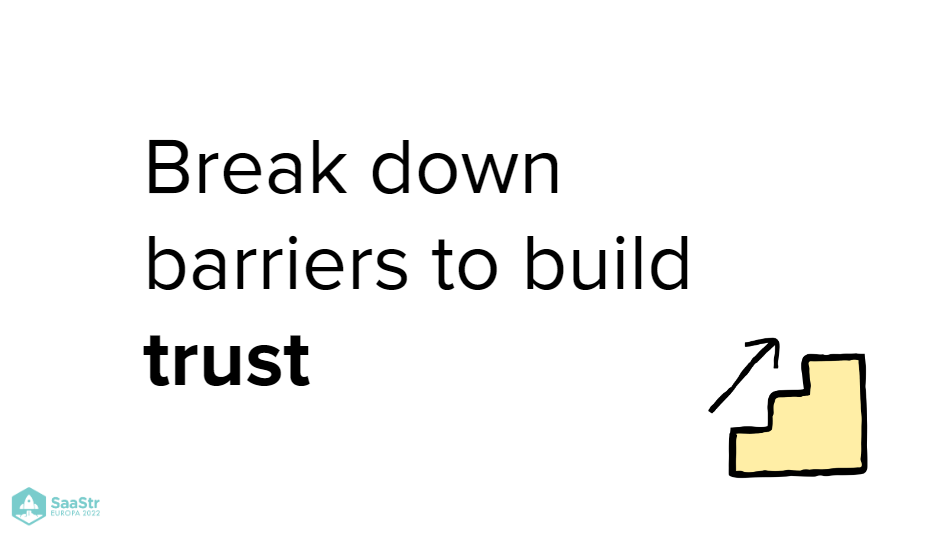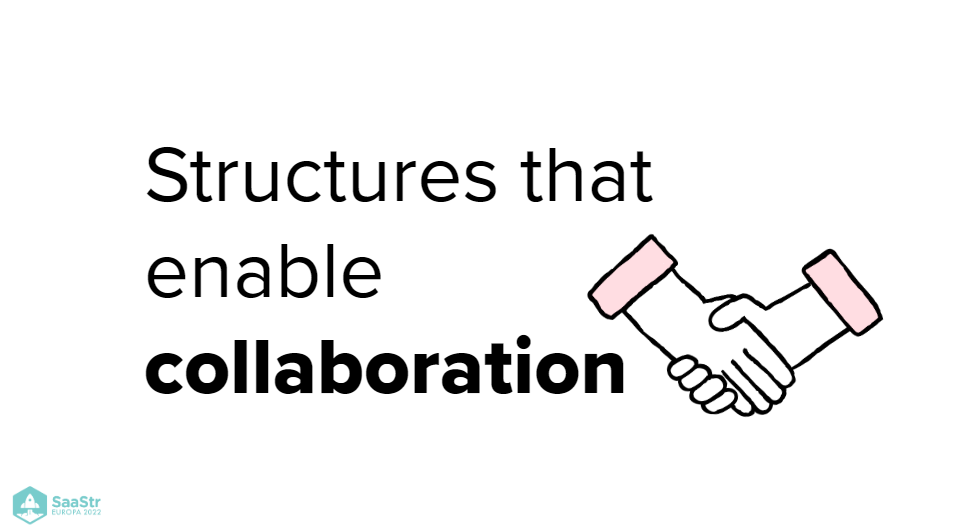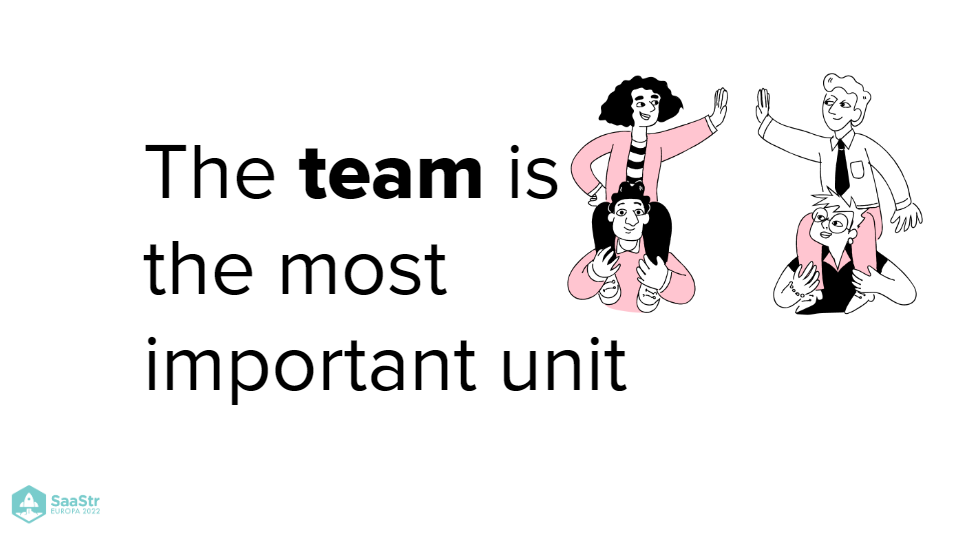If you’ve ever had to file an expense claim after a business event, you understand how inconvenient and time-consuming it can be. Pleo has been around for seven years and has developed distinctive ways to make the expense reporting process more manageable and efficient.
Pleo’s VP of Product Growth, Haresh Baraj, and Commercial Director, Aiyana Scully Moorhead, share their stories on breaking down barriers to build trust and empathy that enable collaboration and push.
Product vs. commercial
In most companies, product-led growth is determined by how aligned teams are across an organization. This harmony is often challenging, given how traditional work structures function.
Companies organize themselves across verticals. Unfortunately, these verticals can quickly become communication and work silos resulting in different day-to-day goals. This can create tension between the teams that build the product and those responsible for taking it to market, as they lack a common goal. But there are a few ways to overcome this.
“Having stereotypes about sales and product development teams typifies most organizations. Breaking down this tension is critical.” – Haresh Baraj

Grow trust by way of empathy
The easiest way to achieve product-led growth starts with fully understanding all users’ needs, expectations, and problems along the product sales cycle. Look at the example of Polius, a product manager at Pleo, who improved the product by shifting his perspective.
Polius started a two-week project and sat in on about 50 sales calls. This exercise led him to understand customers’ pain points and desires better and witness the commercial team’s issues and pain points. Polius collected the data that gave him a unique perspective on what it would take to sell better. Simultaneously, these solutions proved more holistic for his colleagues and customers.
A thriving product-led growth strategy means that every team in a business plays a part in influencing the product. This kind of success is possible when product managers are driven by empathy for all stakeholders related to the product.
“Proactively engage in empathy to allow trust that unlocks untapped potential.” – Aiyana Scully Moorhead

Create structures that enable collaboration
During his work as a salesperson at Pleo, Phillip was a star performer on the Swedish sales team. During most of his customer interactions, he found that customers faced a common problem. Customers wanted a simple budgeting feature that helped them spend a small company-provided allowance to focus on health and fitness.
Unfortunately, while Phillip kept working with product teams, this feature was so local and small most teams didn’t prioritize it. Phillip learned to prototype himself, collected feedback, and created iterations.
Pleo recognized his initiative and gave him a couple of engineers. He went on to deliver the feature, which was well-received in the Swedish and other relevant markets. Today, Phillip is a full-time product manager in charge of launching new markets.
Creating this structure to enable product and sales team members to collaborate with ideas and prototypes is a crucial part of Pleo’s culture.
“When you bring together product and commercial people and give them clear, aligned targets, watch them work together on taking things to the next level.” – Haresh Baraj

Recognize teams as integral
Having every team focused on the same goal allowed Pleo to create a culture centered on enduring customer value. This is how they have grown from 140 to approximately 800 employees in the last three years. In addition, Pleo moved from vertical silos to cross-functional teams and decentralized decision-making to the team level, leading to more collaboration between internal members.
“The team is the single most important factor in how we do things now.” – Haresh Baraj
Pleo’s focus on empowering teams to collaborate has resulted in accelerated, product-led expansion today. Initially, the company expanded to six countries over six years. Now they can launch in seven more countries within five months.
Ensuring all teams are product-led can have many benefits, including a shorter and higher converting sales cycle. The easier you make it for users to experience some critical outcomes in the product, the easier it is to convert them into paying customers.
A great example is Pleo’s SMB customer base, which was initially wholly dependent on communicating with sales reps for their needs. They are now almost 100% self-reliant and can successfully onboard themselves without additional hand-holding.
Top takeaways
- Break down barriers to build trust and empathy for customers and employees.
- Create structures that enable collaboration and give people common goals.
- Create a framework where everyone understands the limits and allows them to operate independently.
- Distribute day-to-day decision-making to the team to enable them to move faster.
- Encourage a self-serve model to let users upgrade independently without requiring interaction with an intermediate salesperson.

